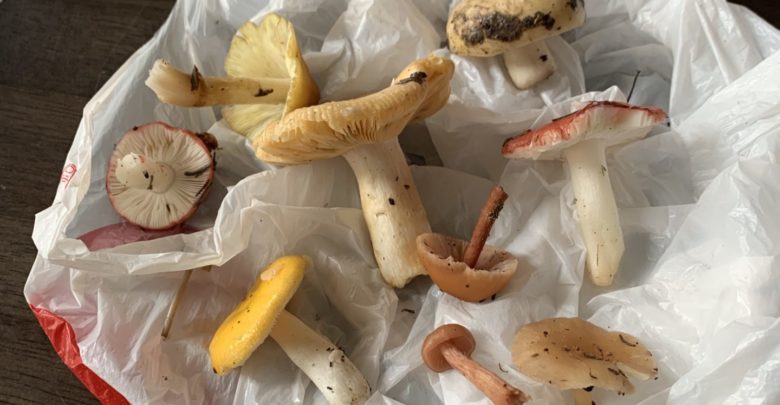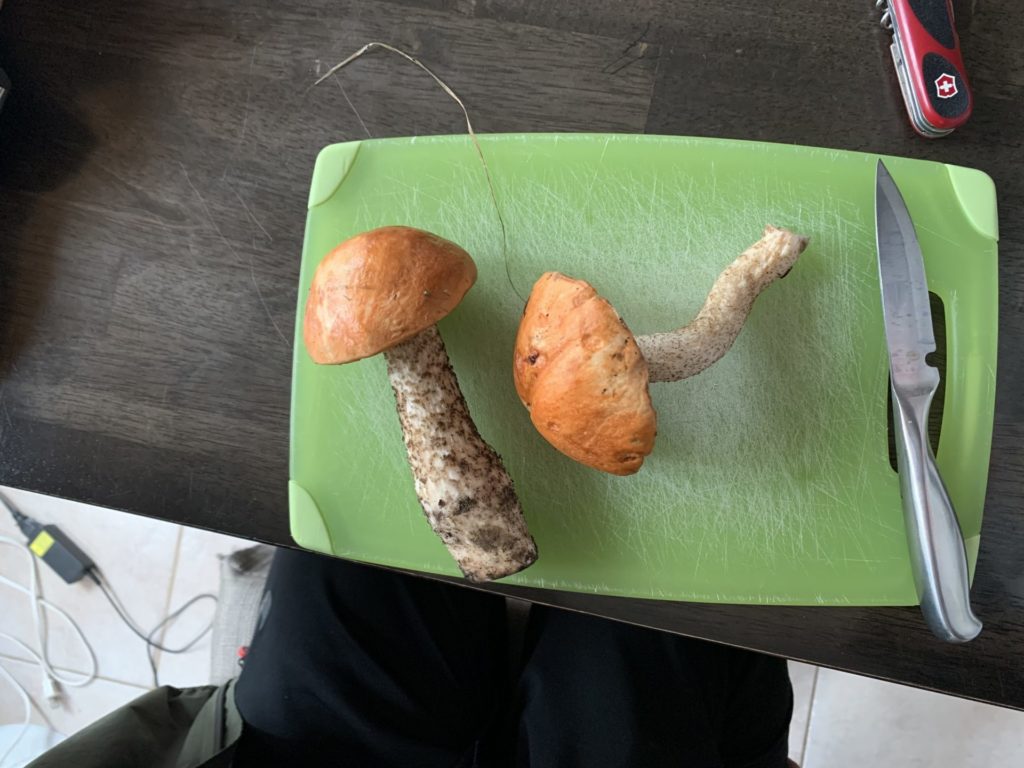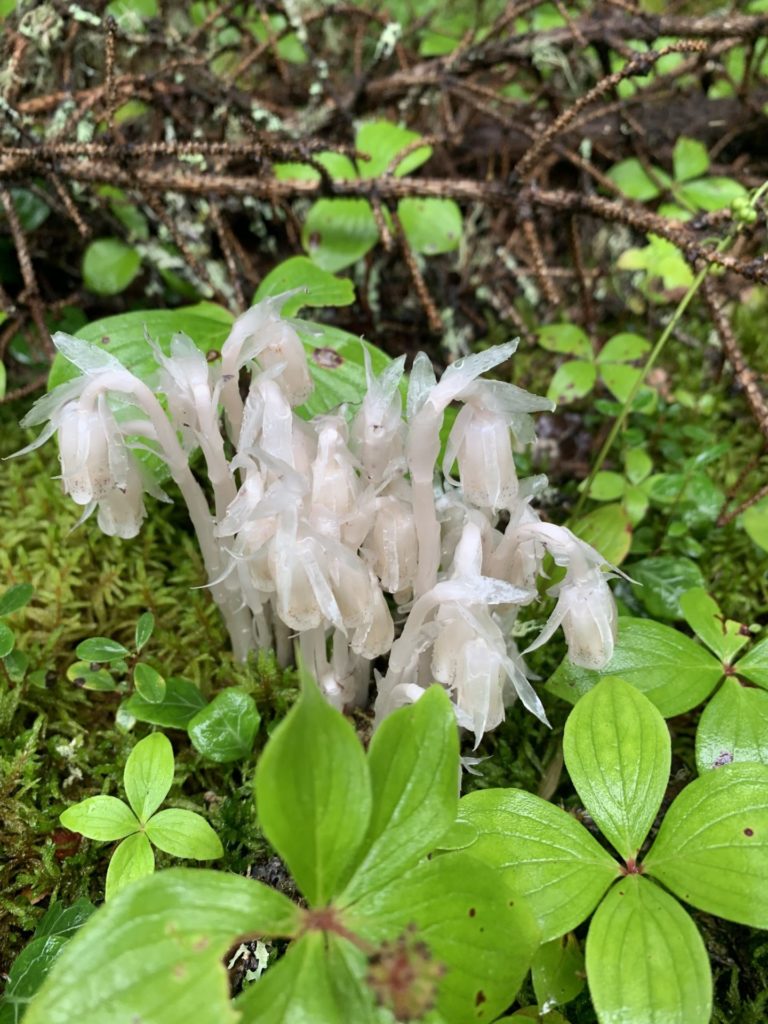Hobby Hole: Mushroom foraging
With death hanging over your shoulder, mushroom foraging can seem daunting. In reality, it can be a calming and fun activity that anyone can do!
 Katie Teeling
Katie TeelingLike many, I’ve always liked the idea of foraging for food, almost like I was the main character in a fantasy novel. However, also like many, I lived in fear of accidentally eating something poisonous. So naturally, I decided to take the leap from berry picking to mushroom foraging.
Mushroom foraging is a great way to get connected with the land around you, expand your plant knowledge, and grow your confidence. There’s nothing quite like getting lost in the woods, finding a mushroom, harvesting it, and examining it to understand what it is. Especially when you find your first edible mushroom.
When foraging for mushrooms, it’s important to remember how toxic they can be. Even now that I know what to look for, I still take tons of precautions on the trail. Never eat anything you’re not 100 per cent sure of, and always double-check!
When you’re first starting out, it can be really scary to forage for mushrooms. With the threat of death looming over your head, the idea of picking the wrong kind of mushroom can be really overwhelming. The mushroom community is vast and large, with whole societies operating everywhere, including Alberta! There’s tons of resources to help you get started.
I recommend just going out into the forest, and picking whatever mushrooms you find. When you get home, look at their features and try figuring out what you found. Don’t plan on eating them if you find they’re edible. Just focus on identifying your mushrooms! I grew much more confident when I started collecting mushrooms I found cool or pretty, instead of focusing on which were safe to eat.
When I first got into mushroom foraging, I wanted to stay away from anything too confusing. In Alberta, we have the benefit of having tons of edible mushrooms. On the flipside, many of those have dangerous lookalikes. Because of this, a good starter mushroom is a red top! They have very few dangerous lookalikes, and many features that set them apart. As well, they grow in abundance from August until September in Alberta!
Obviously, the biggest indicator that you’ve found a red top is that they’re red. In my experience, unfortunately, they’re more often a rusty brown. Even though that sounds like a giant trick, it’s better for you in the long run! Red mushrooms are often lethal, so even if they’re beautiful, it’s best to stay away.
You’re one step closer if they’re smooth under their cap, as opposed to gilled. Lastly, if your mushroom has little black spores on its stem, you’ve successfully found a red top!

Now that the hard part is over, it’s time to harvest. It’s important to make sure the mushroom is still able to spread its spores after you pick it. The last thing you want to do is fully eradicate the mushrooms in that area.
Never uproot a mushroom from its home! When you’re cutting it, make sure to leave a part of its stem still in the ground. Many foragers recommend carrying your mushrooms in a bag with little holes in it on the walk back to your car. It gives the mushrooms air so they don’t get slimy, but also allows them to spread spores everywhere you go!
You’re not the only one who really likes mushrooms — worms like them too! When you’re cutting up your red top, you have to remove anything that looks wormy. Basically, if there’s holes, just throw it away.
The coolest part about foraging is feeling so close to the earth. I love the feeling of finding my own food growing wild in the forest, then harvesting it myself to eat later. It’s a challenge to find an edible mushroom, and satisfying to find a cool one. No matter what you set out to find, you’ll always find some kind of mushroom.
Whether you want to connect with the land, learn how to find your own food, or just really like mushrooms — foraging is for you! Everywhere you look, there’s always going to be a funky little mushroom!





